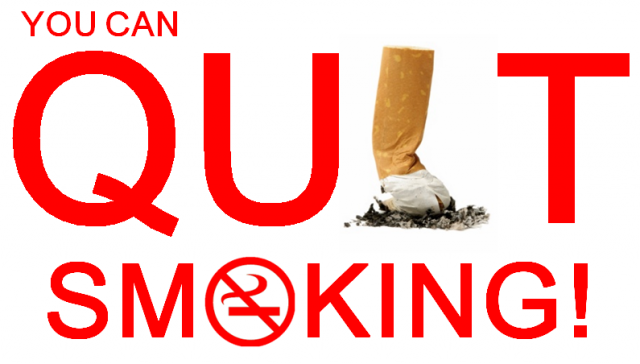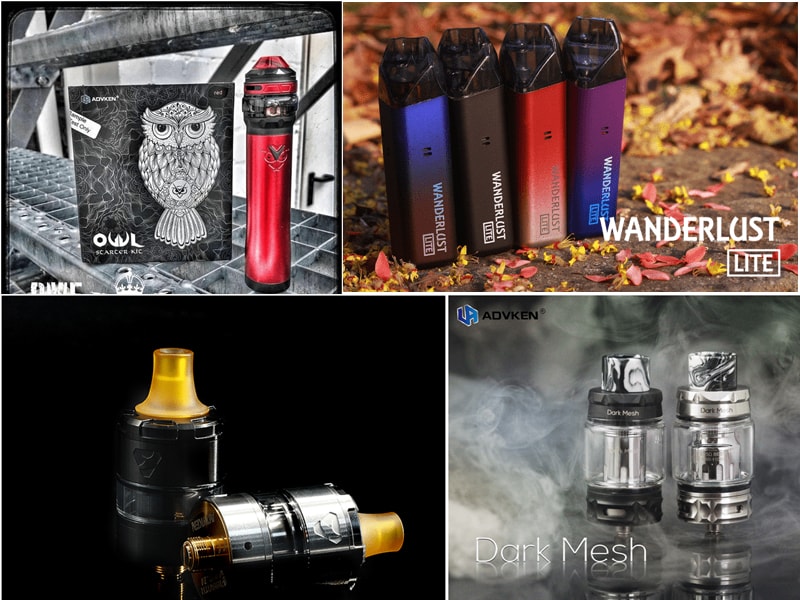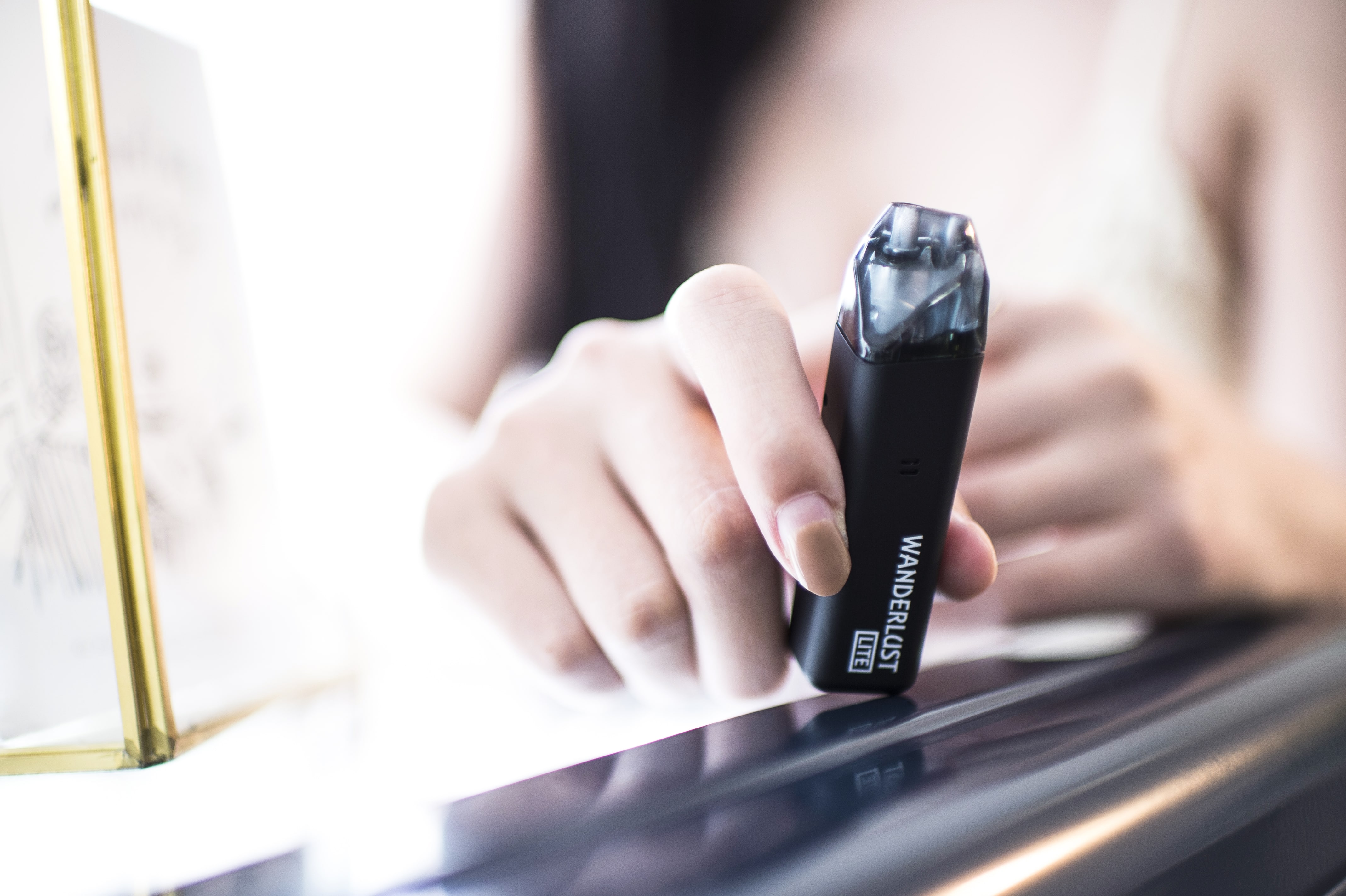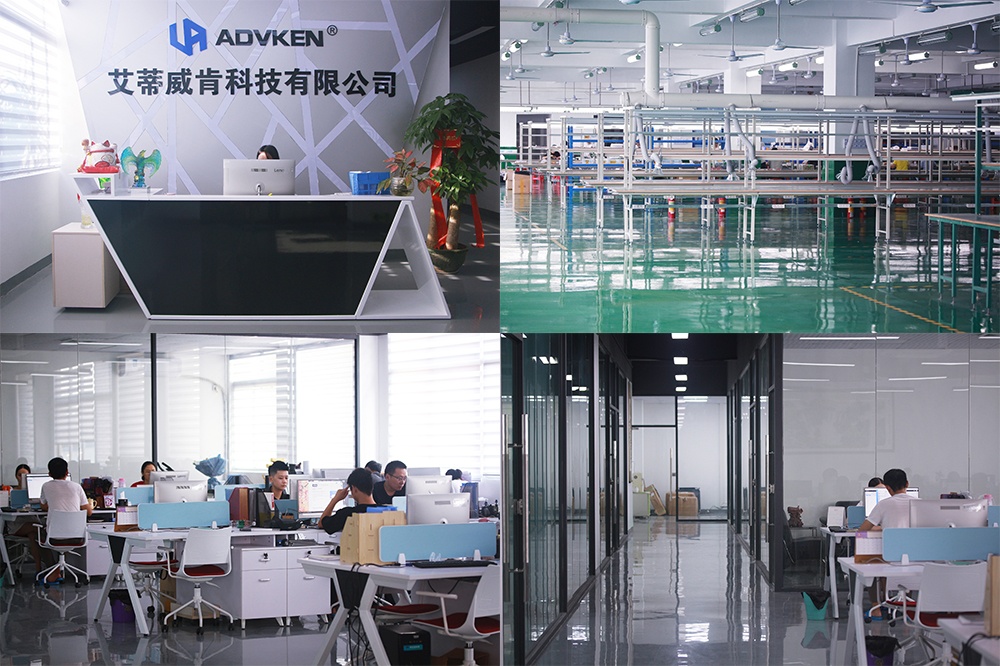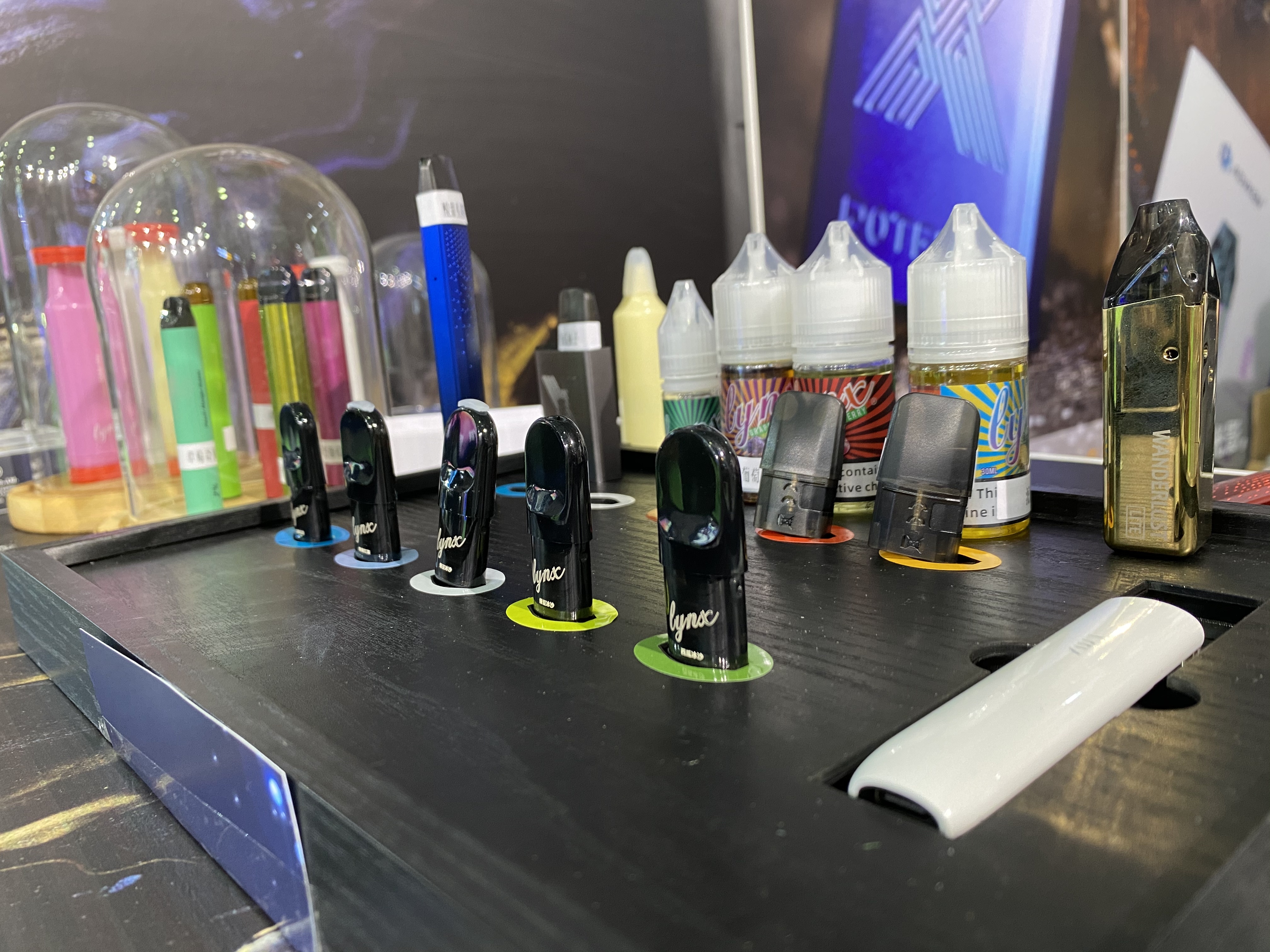E-cigarette policies vary from country to country, so what will happen in the future?
The emergence of e-cigarettes has been deeply loved by groups after the 1990s, many of whom are women. The trend and strong playability of e-cigarettes are gradually changing the smoking habits of young people, which will directly lead to a reduction in tax payment in the future.
Tradition and innovation are a pair of contradictions, and the success of the revolution is still unknown.
On March 22, 2021, the Ministry of Industry and Information Technology publicly solicited “opinions” (abbreviation) in China, and included e-cigarettes in the scope of supervision of traditional cigarettes in the postscript. The domestic e-cigarette industry will compete with traditional tobacco on the same stage.
The situation of E-cigarettes in China
The e-cigarette market is dominated by foreign sales, and the domestic market is relatively small
The sales form of e-cigarettes is mainly divided into the domestic market and overseas market. At present, the main domestic e-cigarette foundries mainly sell abroad, and the domestic market sales are relatively low. From the perspective of e-cigarette foundry leader SMOORE International (6969.HK), the main products in 2019 are atomizer equipment (accounting for 58.8% of total revenue), of which 47.2% contain ceramic heating technology and do not contain ceramics Heating technology accounted for 11.6%, electronic atomization components (27.5% of total revenue), and 13.7% of the retail customer brand APV.
Overseas countries policy
The United Kingdom and the United States are the representative markets for electronic cigarettes, of which the United States has the largest market share. The current U.S. e-cigarette market revenue is about 50%, and the U.S. sales of e-cigarettes have the most stringent PMTA assessment. And all products that have not passed PMTA will be removed from the shelves. The siphon effect of e-cigarette sales in the United States has been strengthened. The PMTA certification process is very complicated. The general review cycle is as long as 2 years and costs about 20 million US dollars.
1)E-cigarettes policy
Since most of the OEM sales of e-cigarettes in my country are mainly in the United States and the United Kingdom, here we mainly introduce the policies of the United States and the United Kingdom.
United States:
Ultra-strict PMTA review accelerates the concentration of the electronic cigarette industry
If you want to sell e-cigarettes in the United States, the most difficult thing is the PMTA assessment, and all products that have not passed the PMTA will be removed from the shelves. However, the PMTA assessment and review need to go through a complicated process, including product inspection, research reports, UL8139 certification, etc. The general review cycle is as long as 2 years, and it costs nearly 20 million US dollars. After passing PMTA, e-cigarettes can only be put on the shelves in the name of tobacco products, and they must also pass RMTA to be recognized as harm reduction products. The cost of listing products is very high.
PMTA is not only for auditing products, which means PMTA not only audits brand owners but also needs to conduct joint audits on upstream ODM manufacturers. Once the product passes, brand owners will basically not change ODM manufacturers.
Because the upstream ODM manufacturers are frequently replaced, it means that the product is extremely expensive and the risk of being unable to be sold on the market. It also means that if a product passes the review, basically the ODM manufacturer will not be replaced.
United Kingdom:
PHE uses atomized cigarettes as a means of cessation to encourage and support the development
In the United Kingdom, the Public Health Agency of England (PHE), the executive agency under the Ministry of Health, implements regulatory control of tobacco products. The British health authorities regard e-cigarettes as one of the drugs for the treatment of addiction. Detailed regulatory regulations.
PHE believes that electronic cigarettes are 95% safer than ordinary tobacco and can help smokers quit smoking. Therefore, the British government generally encourages the development of electronic cigarettes. Since then, PHE has issued multiple policy documents to strengthen this awareness, and allows medicines to sell e-cigarettes, and provides e-cigarette lounges for patients to encourage smokers to switch from traditional cigarettes to e-cigarettes and ultimately quit smoking.
At present, in the UK, the number of e-cigarette users is close to half of the number of traditional smokers, and more than 50,000 British smokers are helped to quit smoking every year.
2)Hnb product policy
Heat-not-burn tobacco products were firstborn in the American Reynolds Tobacco Company in 1988. In 1998, the tobacco giant Philip Morris International launched the HNB smoking device using electric heating. In 2014, Philip Morris International IQOS became popular after its introduction in Japan, and HNB products developed rapidly.
Compared with electronic atomizing cigarettes, HNB products started late and entered the market less, and the regulatory regulations of various countries need to be improved.
The Japanese and South Korean markets are the first markets for HNB, and government policies are relatively tolerant. HNB is still in its infancy in the British and American markets. The British and American governments are relatively open. As long as the product is determined to reduce harm and has a small impact, it can be passed. People’s habits.
In 2019, the FDA authorized Philip Morris International to sell IQOS in the US market. In July 2020, it passed the PMTA audit. IQOS became the first heat-not-burn e-cigarette product marketed in the United States. The United Kingdom has included it as a new classification in the British tobacco taxation system.
Japan and South Korea represent the market for HNB, and the relevant policies started relatively early and perfect, and they are representative.
Japan:
Relatively loose, HNB is excluded from the anti-smoking law
HNB products are regarded as tobacco products in Japan, and the Ministry of Finance of Japan supervises them in accordance with the Tobacco Commerce Law. At present, Japan does not have regulations specifically for HNB, which are regarded as pipe tobacco supervision. As long as it obtains a license from the Japanese Ministry of Finance, HNB’s smoking sets, pods and cigarettes can be sold and circulated.
Considering that HNB is a relatively harm-reducing alternative tobacco product, and HNB is used as a tobacco product in Japan to also pay tobacco tax to ensure the tax stability of the Japanese tobacco industry, so the Japanese government is relatively supportive of HNB products.
In July 2018, Japan revised the “Health Promotion Law” to strengthen comprehensive smoking cessation measures in public places, but excluded HNB products. At present, the government plans to implement stricter tobacco laws to promote national health. If HNB has no or almost no health effects after investigation, it will be excluded from restrictions.
Under policy tolerance, the Japanese HNB market is expected to maintain a good development trend.
From a standard point of view, if the strict standards of the United States are followed, it will benefit the head and accelerate the Matthew effect of the industry; if the low standards of the United Kingdom are followed, the scale of the entire e-cigarette industry will also be accelerated.

